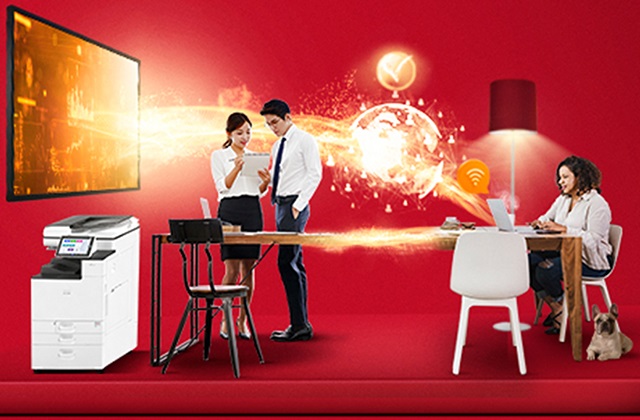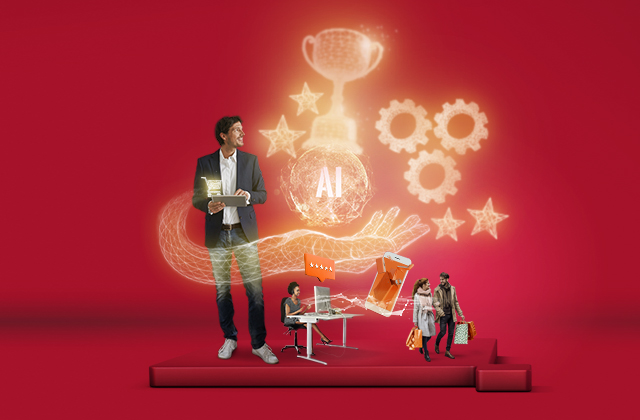How IT establishes hero status in workplace experience

Recent research suggests that the average worker only goes into the office 1.5 days per week.

86% of employees cite lack of collaboration or ineffective communications as the main source of workplace failures.
Agility is a must-have in the age of hybrid working
Looking forward

Nathan Thomas
Head of Product, RDx Ricoh Europe
Let’s connect
Talk to a Ricoh expert
Transform your workplace with Ricoh’s Managed Print and Automation Services.
Boost efficiency, reduce costs, and accelerate your journey towards digital transformation.
Contact us














